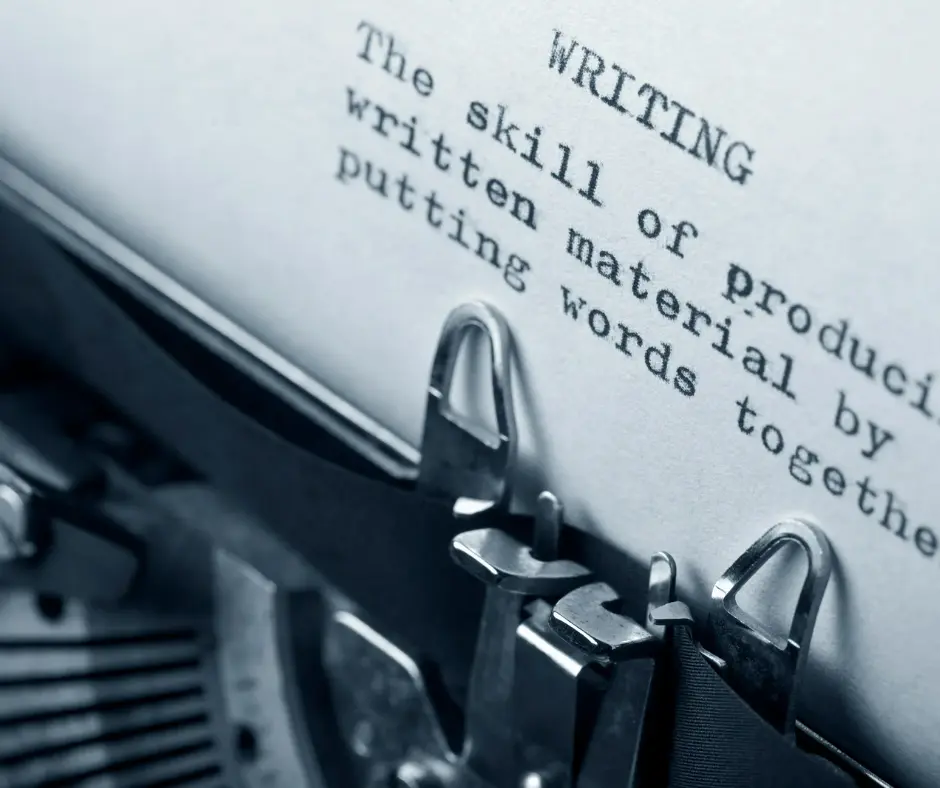Article Writing: The Proven Tips How to Make It Compelling


Article writing must be compelling because it helps engage and interest readers. Your paper should be well-organized, clear, and engaging. It should also be about something important and new information. A good article will hold people’s attention from the beginning until the end.
An exciting headline or opening is a critical part of a good article. A short phrase or sentence that catches readers’ attention will make them want to read more. The attention-grabber needs to be the first thing the reader sees. Also, it will help set the tone for the rest of the article. A good attention-grabber should be interesting, informative, and relevant to the article’s topic. It should also be easy to understand, even for a fifth grader. Some examples of headlines or openings that will get people’s attention are: “10 Surprising Facts About Dogs,” “The Secret to Achieving Your Goals,” or “The Most Dangerous Animals in the World.”
Organize your ideas and outline. It will help you stay focused and ensure that your article flows smoothly. Organizing your ideas and creating a design is a helpful way to plan a written piece. It helps you to manage your thoughts and ideas logically and ensures that your writing is clear and well-organized. To create an outline, write down the central ideas or topics you want to include in your article.
Next, you can add subpoints or details under each main idea. It will help you see the overall structure of your writing and ensure that you have included all critical information. Also, start by writing down your main topic or thesis statement. It is the main idea or argument you want to tell in your writing.

In article writing, using strong, active verbs and avoiding passive voice is imperative.
They will make your writing more engaging and help you say your message more effectively. They can make your writing more exciting and help you describe what is happening more interestingly. For example, instead of saying, “The boy threw the ball,” you could say, “The boy threw the ball.” Using the verb “threw” instead of “was thrown” makes the sentence more active and engaging. On the other hand, passive voice is when the sentence’s subject is not doing the action. Using passive voice can make your writing sound less exciting and less enjoyable.
In addition, use descriptive language and vivid imagery. These will help bring your writing to life and make it more interesting for readers.
Descriptive language is a language that helps the reader see and feel what you are writing. It uses words and phrases that describe the sights, sounds, smells, tastes, and textures of your writing. For example, instead of saying, “The flowers were pretty,” you could say, “The bright red roses blossomed in the garden, their sweet scent filling the air.” This description uses more descriptive language to help the reader imagine the scene more clearly.
Vivid imagery is when you use words and phrases to help the reader picture an idea in their mind.
It allows the reader to see and experience your writing more accurately. For example, instead of saying, “The ocean was vast and blue,” you could say, “The endless expanse of shimmering blue water stretched out to the horizon, each wave a cresting white froth of foam.” This description uses vivid imagery to help the reader see and feel the vastness and beauty of the ocean.
In addition, keep your tone suitable for your audience and purpose. Avoid using too many technical terms or jargon if you’re writing for a general audience. Your writing style is how you express yourself and your attitude toward your subject.
Technical language is a specialized vocabulary used in a particular field or profession. Terminology is a language specific to a particular group or job that most people do not understand.
Edit and proofread your work. It will help see that your article is free of errors and reads smoothly.
Use different sentence structures and lengths. It will help keep your writing interesting and make it more varied. Using a combination of sentence structures and sizes can help keep your writing interesting and prevent it from becoming monotonous, boring, and repetitive. It will help make your writing more relatable and engaging for readers. Examples are specific information or cases showing a general topic or idea.
Moreover, if you are writing about the importance of eating healthy, you might use an example of a person who improved their health by eating a balanced diet. It helps the reader understand and remember your point more concretely and specifically.
In article writing, you must end it with a solid call to action or summary of your main points.
It will help drive home your message and encourage readers to act. Likewise, a call to action is a request that encourages the reader to do a specific action. Then, ask the reader to share your article on social media or make a more detailed request, like convincing them to visit your website or sign up for your newsletter.
A summary of your main points is a short paragraph at the end of your article that restates the ideas you discussed. It’s like a quick review of the main points you made in your writing.
For example, let’s say you wrote an article about the importance of saving money. Your main points might be:
- Saving money is essential because it helps you prepare for unexpected expenses.
- There are many ways to save money, like cutting back on unnecessary costs and shopping for the best deals
- Having a budget can help you keep track of your spending and save money more effectively.
Conclusion
Compelling articles are easy to read, more likely to be remembered, influential, and more likely to be shared with others, which can help to increase your audience and reach.
Link:
https://virtualassistantalliance.com/article-writing-the-proven-tips-how-to-make-it-compelling/?fbclid=IwAR1vwt22nI9bKkwhzC2sGGtl7XBxj5B_mQykFJ5p70uah4XDVB35XBUf7Vs



